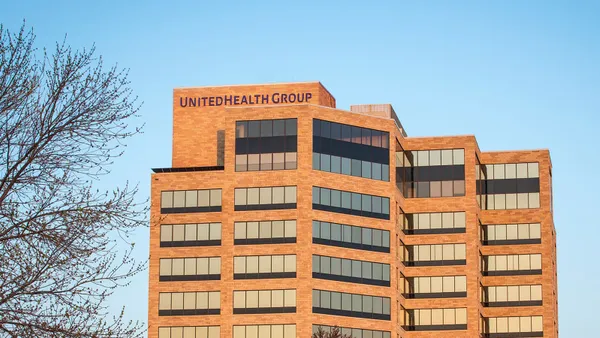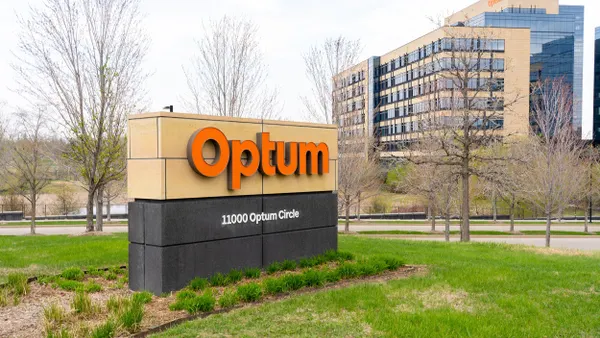In an era of instant digital transactions, healthcare's continued reliance on paper checks isn't just outdated — it's financially reckless. While consumers tap phones to pay for coffee and businesses transfer millions with a click, healthcare is still stuffing envelopes, licking stamps, and hoping checks don't get lost in transit.
This payment paradox persists despite clear evidence that paper processes drain resources, contributing to an estimated $760-935 billion in annual financial waste in healthcare. Legacy systems remain entrenched, provider networks resist disruption, and institutional habits prove difficult to break. Yet each day these paper-based workflows continue; they extract a growing toll on efficiency, security, and bottom lines.
Healthcare payments are at a critical inflection point. With digital payment infrastructure now mature, compliance-ready solutions widely available, and fraud risks intensifying, healthcare can no longer justify clinging to payment methods from the last century.
The high cost of paper persistence
Remarkably, 23% of healthcare and 30% of dental claim payments are still made by paper check. A staggeringly high percentage in an era where digital transformation has revolutionized finances in nearly every other sector. This persistent reliance on outdated payment methods creates unnecessary friction, especially when digital alternatives offer significantly faster processing times, lower costs, and enhanced security that paper simply cannot match.
Each paper check costs between $3 and $5 to process, a burden that compounds exponentially when major payers and healthcare systems issue thousands of payments monthly.
Beyond visible expenses, paper checks introduce significant operational vulnerabilities. The manual handling inherent in check processing introduces multiple risk layers. Checks can be stolen, lost, or delayed during processing. These roadblocks can trigger penalties, disrupt critical cash flow for providers, and ultimately strain the relationships that form the foundation of effective patient care networks.
Healthcare needs streamlined payment infrastructure
Digital payments have evolved from convenience to a core expectation. With 77% of healthcare claim payments already being processed electronically, it's no longer a question of "if" but "when" the rest will follow. Patients and providers demand speed, transparency, and security — needs that paper checks simply can’t meet.
Electronic payments provide traceability, improve compliance, and minimize costly errors. In a regulatory landscape growing more complex by the year, digital systems offer the precision and reporting capabilities that paper processes fundamentally lack.
Yet, barriers remain. Fragmented infrastructures, change-resistant workflows, and competing internal priorities continue to slow the shift away from paper. But clinging to outdated methods is no longer sustainable.
What’s needed now is a full-service payment solution that makes digital adoption simple. The most effective platforms support multiple electronic payment methods with no-cost payment options for providers, no-cost access to remittance information, and integration into existing systems and workflows.
By prioritizing ease of use and provider experience, the right digital payment solutions not only reduce friction — they build lasting trust and enable a more resilient, responsive healthcare payment ecosystem.
Simplifying payments to remove cost and complexity
The benefits of simplifying payments are clear and measurable. For payers and providers alike, these tangible gains show up immediately in daily workflows and financial outcomes:
- Reduced processing costs yield savings that can be redirected to other initiatives
- Real-time payment tracking eliminates waiting periods and mail-related delays
- Automated processing reduces errors, voids, and reconciliation challenges
- Faster reimbursement strengthens provider relationships and improves satisfaction
- Enhanced security protects sensitive financial information and reduces fraud risk
Healthcare’s digital transformation is no longer about early adoption. It’s about completing the shift. Moving the last mile to digital requires a full-service payment solution built to eliminate friction, drive digital adoption, and increase provider satisfaction.
Now is the time to close the gap.
To simplify your payments with a full-service solution, download our buying guide.










